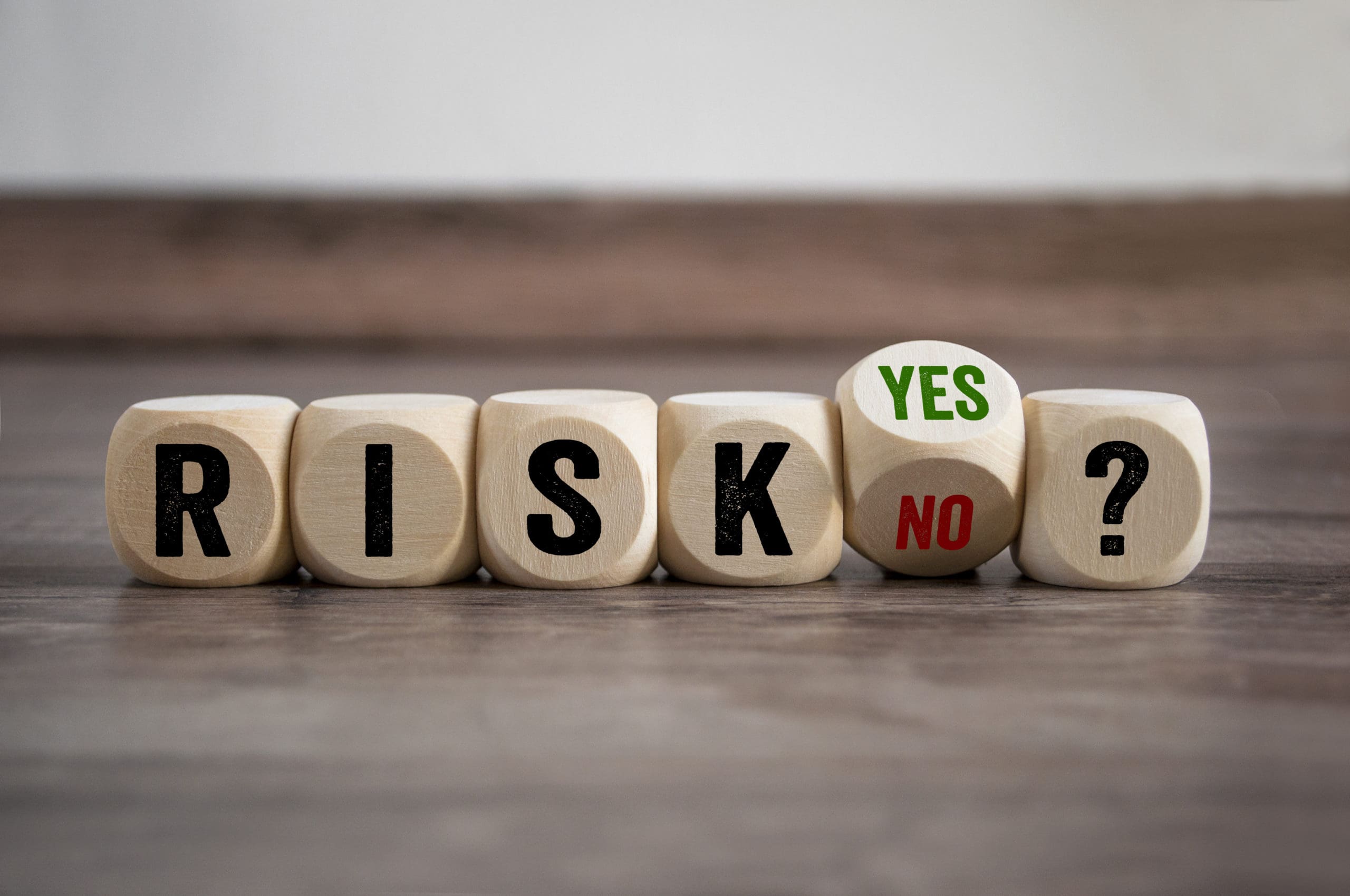After many reports highlighting the merits of air purification and ventilation as a way to minimize airborne viruses like COVID-19, there’s news to the contrary.
The Lancet COVID-19 Commission calls the benefits of air purifiers to schools “often unproven” and a potential source of pollution themselves due to dispersion of ozone, plasma and dry hydrogen peroxide. Despite this, air cleaners have been installed in more than 2,000 schools across 44 states, according to a KHN investigation. California is the only state that bans air cleaners that emit a certain amount of ozone.
“It’s really the complete wild west out there,” says Jeffery Siegel, a civil engineering professor at the University of Toronto in a report from PBS News Hour. He describes adding ozone to the classroom as “nightmarish,” with studies from UCLA Center for Occupational and Environmental Health attributing chronic ozone exposure to asthma and lung damage, particularly in children.
“We’re going to live in a world where the air quality in schools is worse after the pandemic,” adds Marwa Zaatari, a member of the American Society of Heating, Refrigerating and Air-Conditioning Engineers’ (ASHRAE) Epidemic Task Force.
Fueling the installation of air purifiers is the roughly $193 billion in federal funds allocated to schools for teacher pay and safety upgrades.
For example, in Newark, N.J., more than 3,200 Odorox-brand air cleaners were installed, purchased with $7.5 million in federal funds. Large Odorox units sell for more than $5,100 apiece. These devices are on California air-quality regulators’ list of “potentially hazardous ozone generators sold as air purifiers.”
However, Odorox manufacturer Pyure, argues that studies are conducted in smaller spaces than recommended.
“We provide very stringent operating guidelines around the size of room that are different devices should be put in,” says Jean-Francois “JF” Huc, CEO of Pyure. He acknowledges that schools are often not warned about the potential problems of using air cleaners that are too powerful for the space.
Despite concerns, the devices continue to go into classrooms. It’s a less expensive alternative to overhauling a school ventilation system. Plus, there’s little education provided to school administrators on the science of air quality.
Air cleaners seem like a quick fix, but how will they affect students and staff in the long run?







